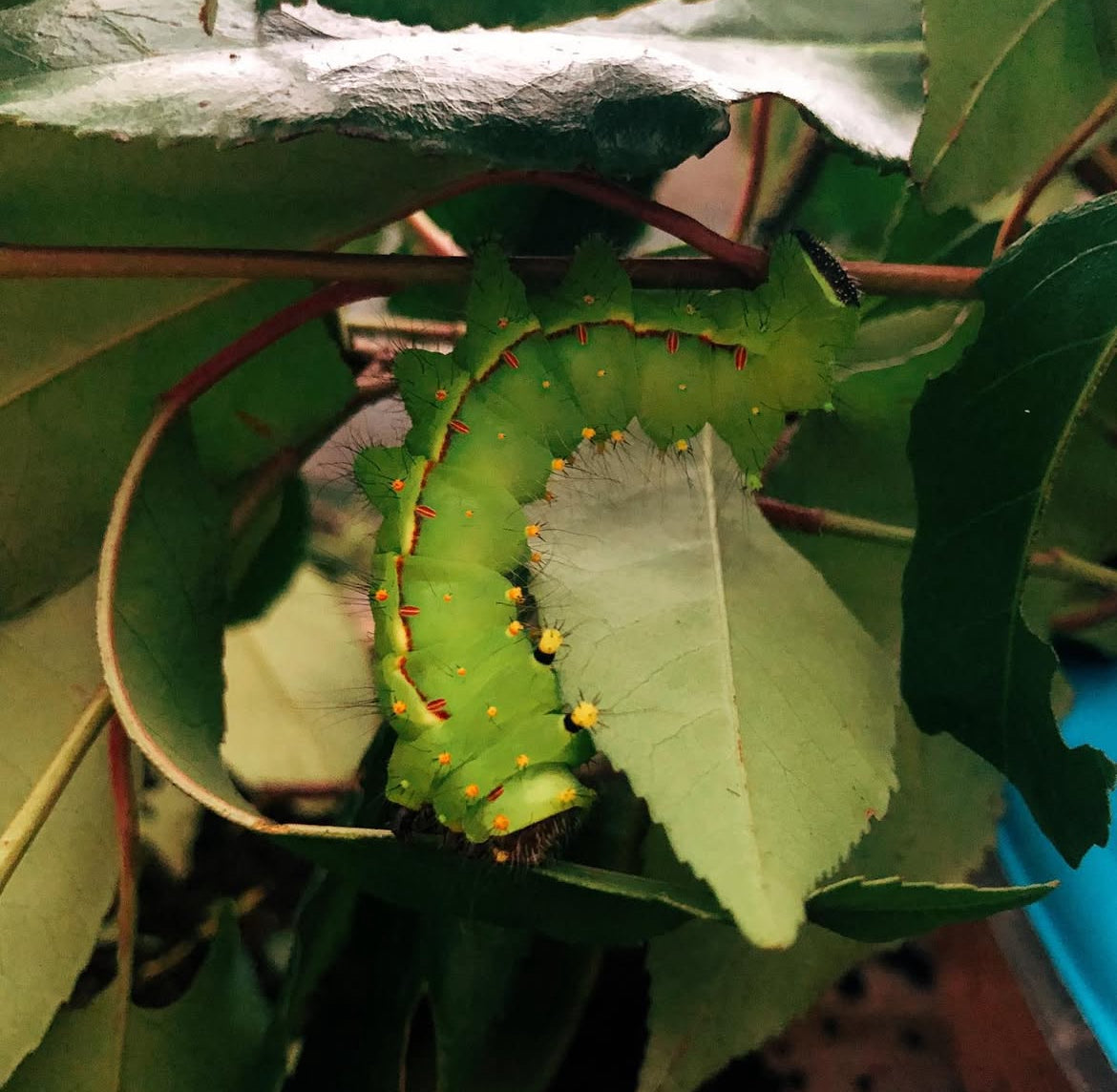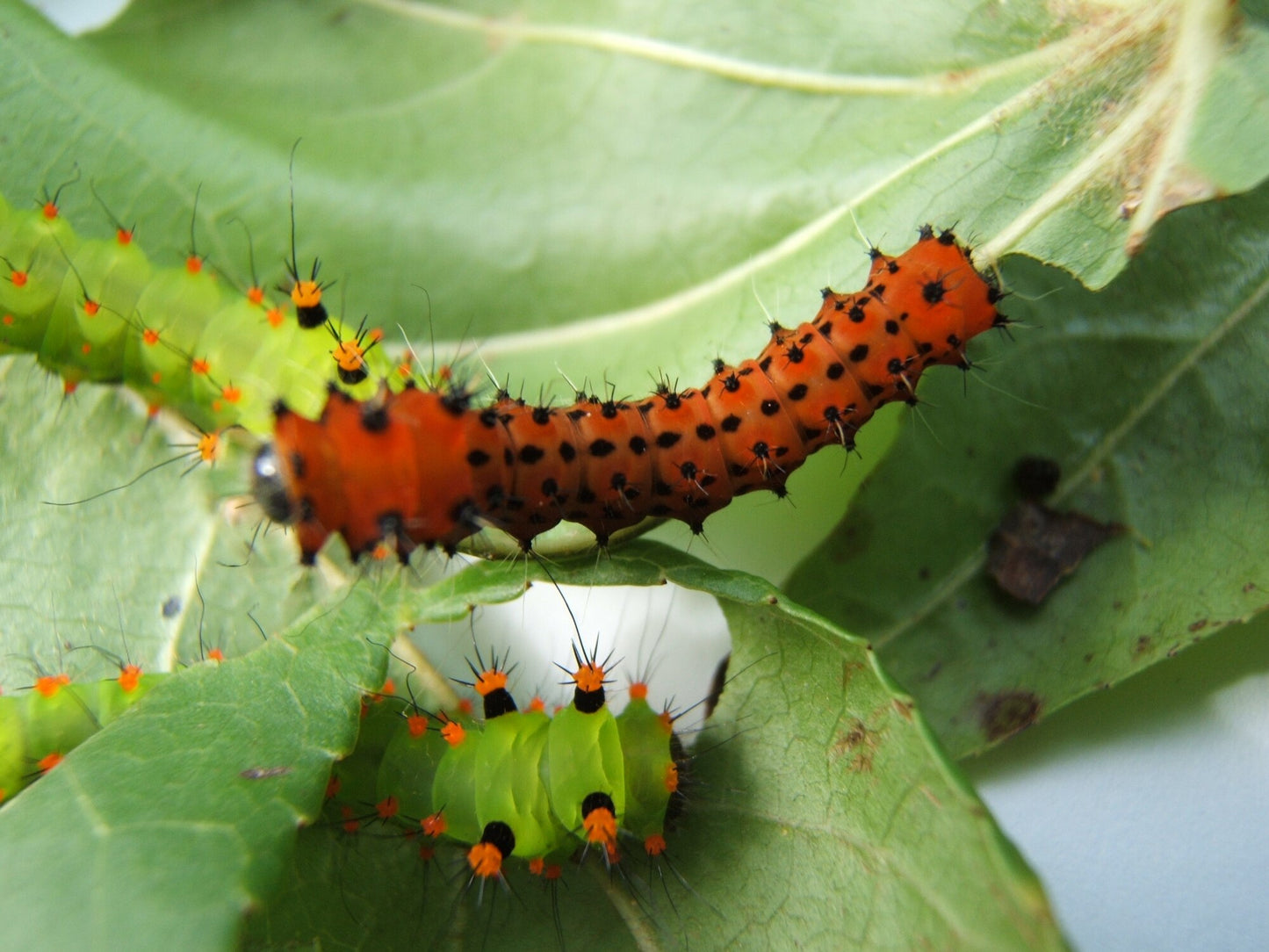Bugs & Butterflies UK
Indian Moon Moth EGGS (Actias selene)
Indian Moon Moth EGGS (Actias selene)
Couldn't load pickup availability
Moths are now emerging and breeding - eggs on sale!
The Indian Moon Moth, Actias selene (Hubner, 1807), is a classic of the insect hobby and a favourite of many breeders. We now have good breeding stock from southern China, and have sourced further stock from Laos/Vietnam which is expected in November. The species gets its name from the type locality (where it was first described), however it occurs in multiple southeast Asian countries. Actias selene is one of the largest Moon Moths, a family of around 20 species, with a wingspan of up to 20cm and long, elegant tails - particularly prominent in females which are typically larger than males. The base colour of the wings is a pale green, sometimes with a very faint bluish hue, and pink on the tails and each wing features a prominent eyespot. It is usually found in relatively open landscapes with some tree coverage, at elevations of up to 2400m - making this a robust and hardy species. Caterpillars are adaptable and feed on many plants, perhaps partly accounting for its large range. Red and black upon hatching, caterpillars become bright red in L2 then green from L3 onward, featuring a brown head capsule (distinguishing selene from ningpoana which is similar but has a green head capsule) and yellow/orange tubercles. Development is quick, with larvae constructing papery cocoons by around 4-5 weeks after hatching from the egg. Mature caterpillars are huge! Kept warm and humid, moths will emerge from their cocoons after around 3-4 weeks, however they are capable of long periods of dormancy if conditions are too cool and dry, meaning you may be able to store them over winter until spring. In winter the best evergreen host plants are Eucalyptus and Portuguese Laurel (Prunus lusitanica) although others are accepted. During the spring and summer, a much wider variety of plants can be used, though we always have success with the aforementioned hosts and Sweetgum (Liquidambar) and Willow (Salix).
Host plants: Eucalyptus, Laurels, Birch, Alder, Willow, Oak, Walnut, Cherry, Plum, Sweet Gum. Multiple others reported.
Difficulty: Easy (1/10)
Conditions: Room temperature or slightly warmer; appreciates humidity.
Lifecycle: up to four broods annually, though this varies regionally and cocoons can hibernate for multiple months during cool/dry weather. Peak observations in the wild are reported for adult moths in August-October but they can be seen year-round in many locations.
Share





















